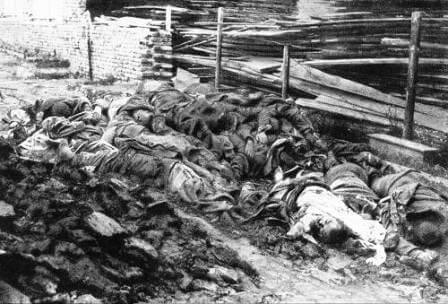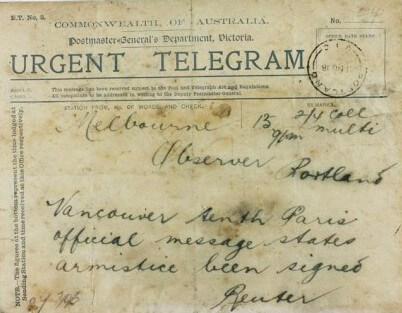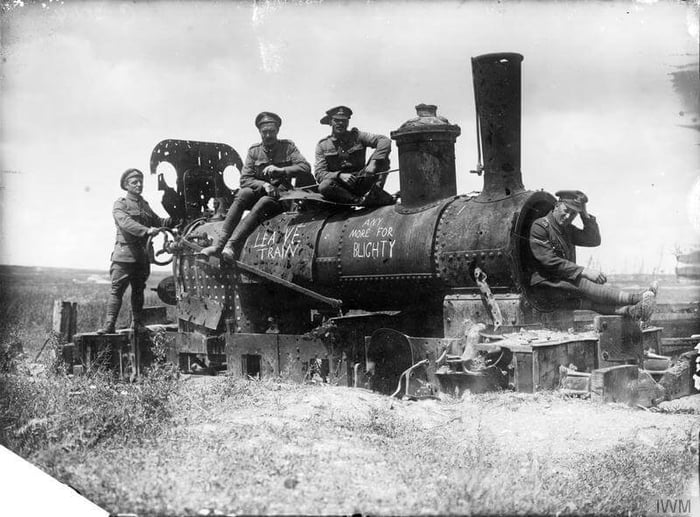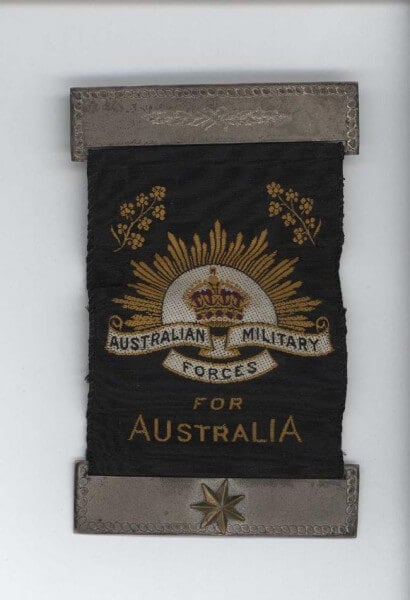
Young Soldier Identified After 95 Years.
Image: British and Australian soldiers bodies taken from the Fromelles battlefield prior to burial 20 July 1916
When Frank Oliver Loader signed up to the Australian Imperial Force on 10 September 1915, he could never have imagined that he would simply vanish for 95 years only to be found and identified using sciences beyond his time. Frank and the 32nd Battalion AIF arrived in France on 23 June 1916, disembarking at Marseilles before being sent to the Western Front. On 19 July 1916 the battalion took the offensive at Fromelles.
The German front had been bombed for most of the day with the infantry due to go over the top into no mans land from 18:00 onwards. Unfortunately, the damage to the Germans was heavily underestimated and as a result, the 32nd suffered 718 casualties, one of whom was Frank. Fromelles has now been recognised as “The worst 24 hours in Australia’s entire history” with the 5th Australian Division left with 5,513 casualties. Allied soldiers killed in the area were buried shortly after the battle by the Germans. The burial pits were photographed from a British reconnaissance aircraft on 21 July 1916 and marked as dugouts or trench-mortar positions.
The information was sent to the Australian War Office via the Red Cross and Frank was listed as Missing from "20.7.1915". The information finally trickled through on "13.3.1917" when he was formally listed as KIA. In 2007, a geophysical survey was commissioned by the Australian government, which indicated that the suspected gravesite contained the remains of approximately 337 soldiers. From 2008- 2009, an exploratory dig found human remains, personal effects, webbing, brass fitments, uniform badges, buttons and British .303 ammunition in five of the six pits. DNA was taken from the 173 Australian soldiers and a press release in the papers asked for male members of the families to come forward and donate some saliva so that the soldiers could be formally identified.
It is surprisingly emotional to know that a relative who was thought to be lost "somewhere in France" has been found. The family agreed to go with what Frank’s parents had placed into the paper so many years ago. We were fortunate enough to visit with Frank at Pheasant Woods Cemetery in Fromelles a few years later. Sadly, his head stone is the only picture we have of him. There are no military head shots, nothing from the family albums, even the Army has no visual records of him. Whilst we have a brilliant shot of Franks brothers, who both served in the Great War, we hope one day to find a photo of Frank. Many thanks to Lambis Englezos and his crew, who never gave up!
By Kim Warren













